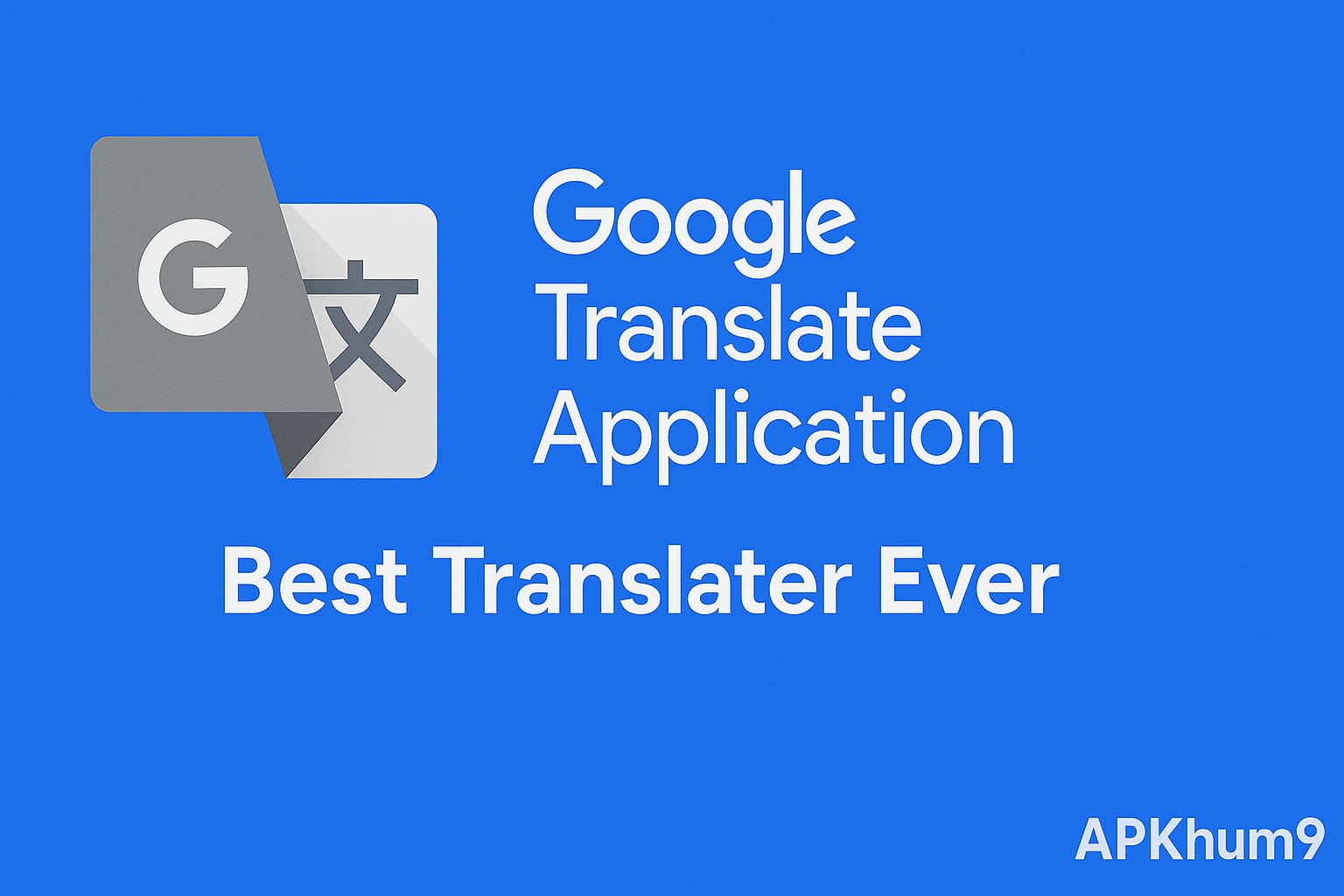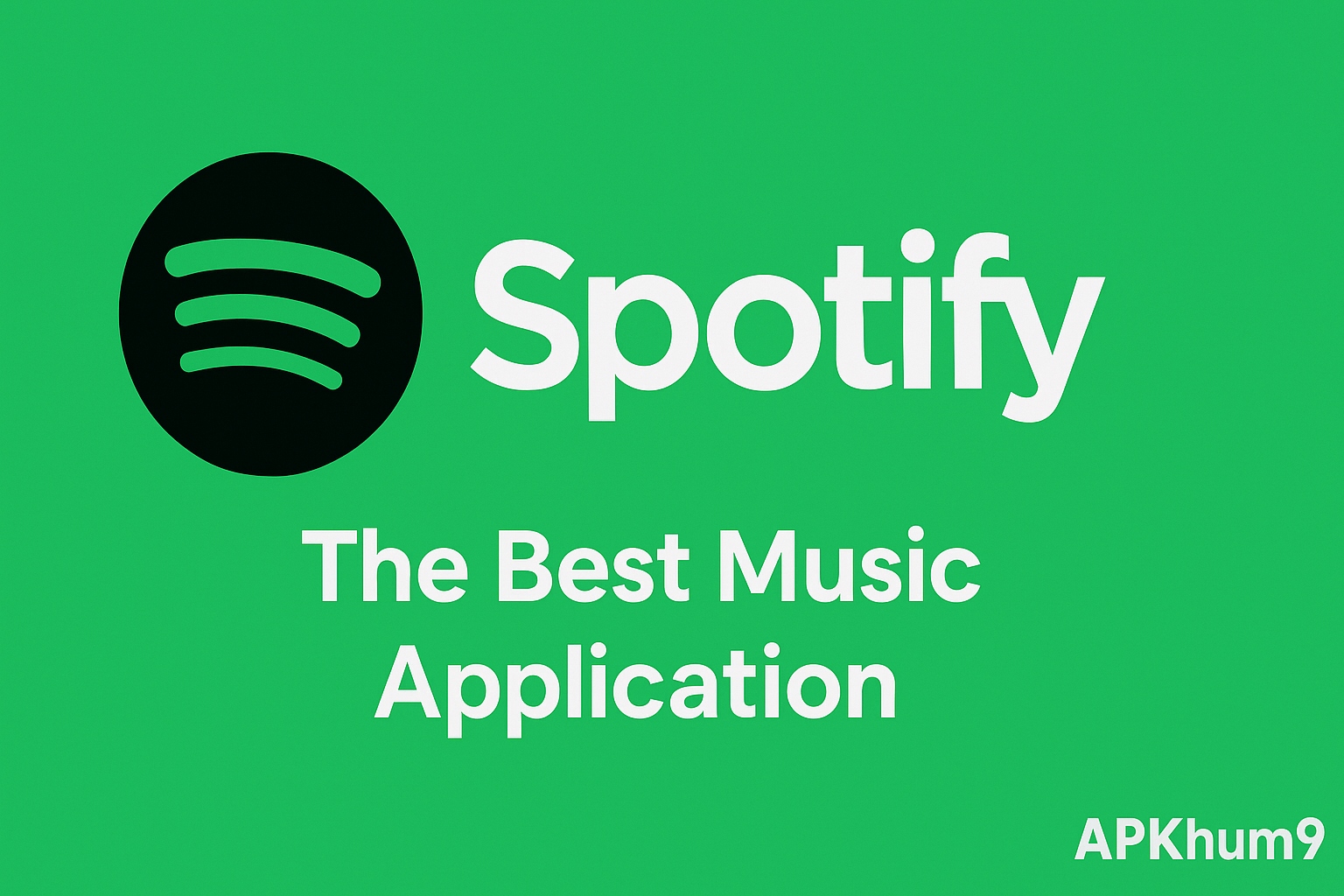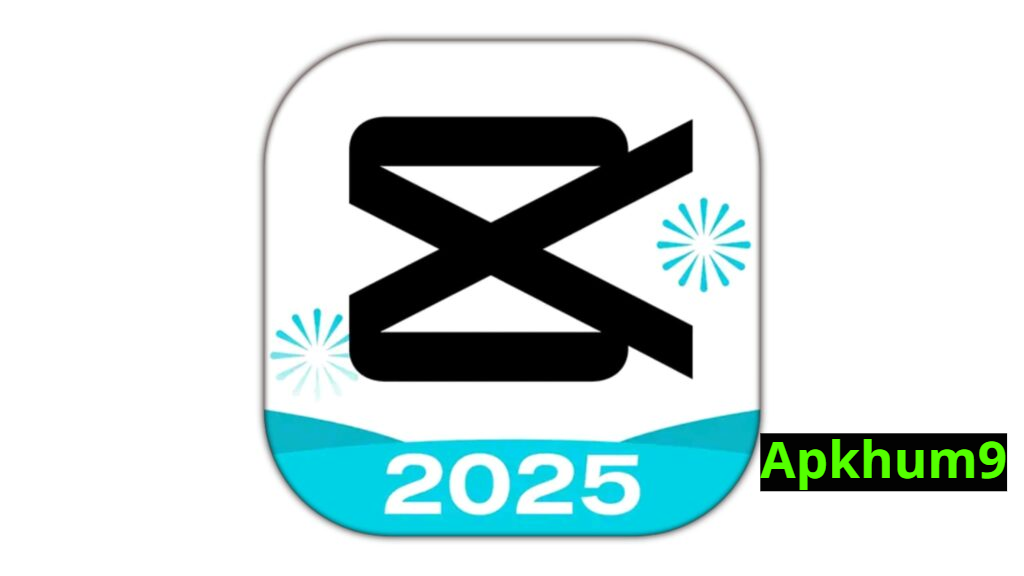In a world that is becoming increasingly interconnected, breaking down language barriers has never been more important. Among the many translation tools available today, Google Translate stands out as the most popular, accessible, and efficient. Whether you’re a traveler navigating a foreign city, a student decoding an academic paper, or just someone trying to connect with people from different cultures, Google Translate has proven to be the best translator ever.
A Tool for Everyone
One of the key reasons Google Translate is so widely praised is its ease of use. Available as a website, mobile app, and even integrated into browsers like Chrome, it provides instant translations at your fingertips. With support for over 100 languages, it allows users to translate text, documents, speech, handwriting, and even images—making it one of the most versatile translation tools in existence.
Real-Time Power
A major feature that sets Google Translate apart is its real-time translation capabilities. With the conversation mode, two people speaking different languages can have a live conversation with the app translating their words on the spot. The camera feature allows users to simply point their phone at text—like menus or signs—and get an immediate translation, making travel easier and more fun.
Constantly Improving with AI
Google Translate uses artificial intelligence and neural machine translation (NMT) to produce more natural, accurate translations. Unlike word-for-word converters, NMT looks at whole sentences and the context in which words appear. This helps produce translations that are closer to how people actually speak and write, reducing errors and awkward phrasing.
Accessibility and Inclusion
The app’s free availability and wide range of supported languages also make it a powerful tool for inclusion. People in remote or underserved areas can access educational content, job opportunities, or health information in their native language thanks to this technology.
Challenges and Limitations
No translation tool is perfect, and Google Translate is no exception. While it excels with common phrases and widely spoken languages, it can struggle with slang, idioms, and languages with fewer digital resources. Still, thanks to continuous updates and user contributions, it gets better every day.
Conclusion
Google Translate is more than just a convenience—it’s a bridge between cultures, a learning aid, and a travel companion. Its ability to translate text, voice, and images in real-time makes it the most powerful and practical translator available today. While it may not replace human translators for complex tasks, for everyday communication and understanding, Google Translate truly is the best translator ever.


